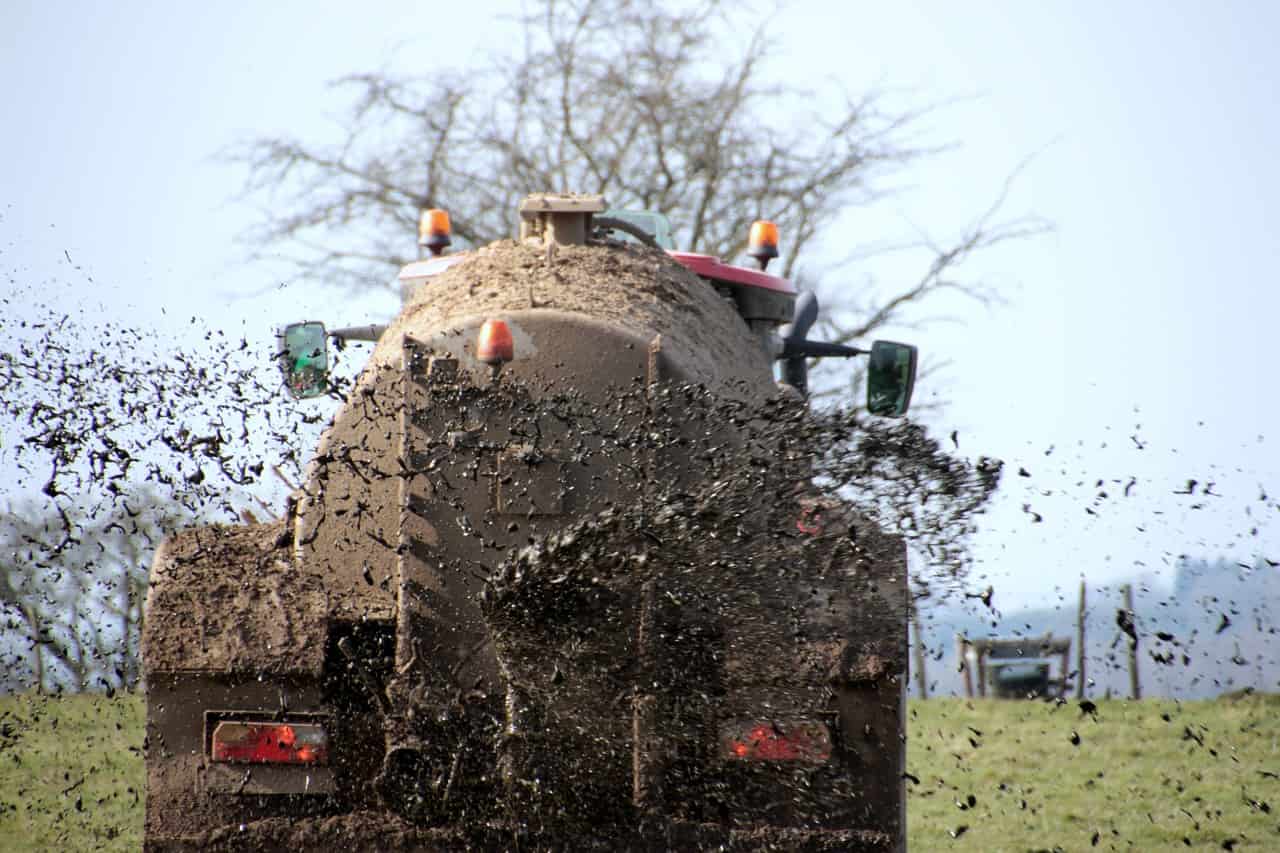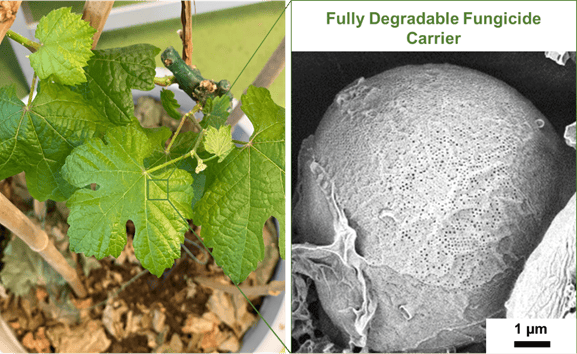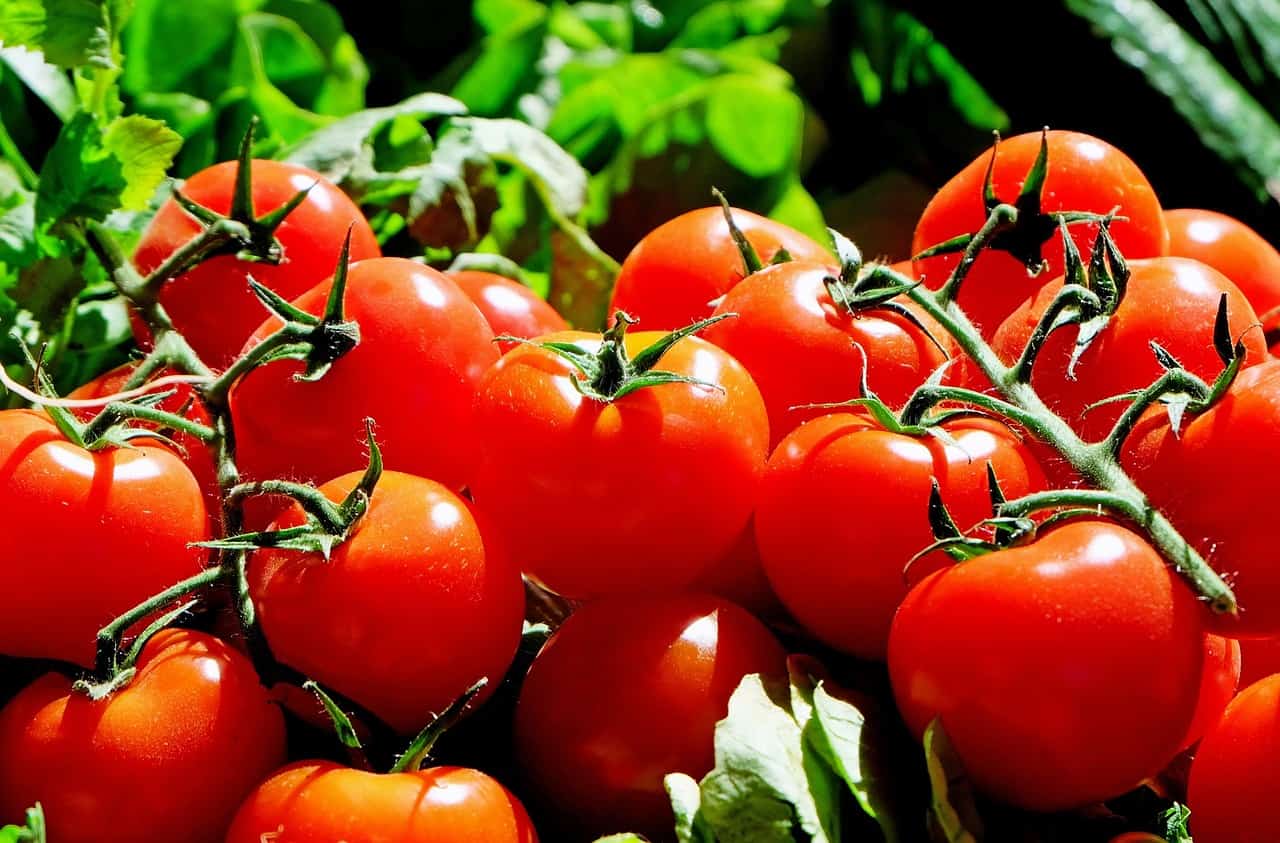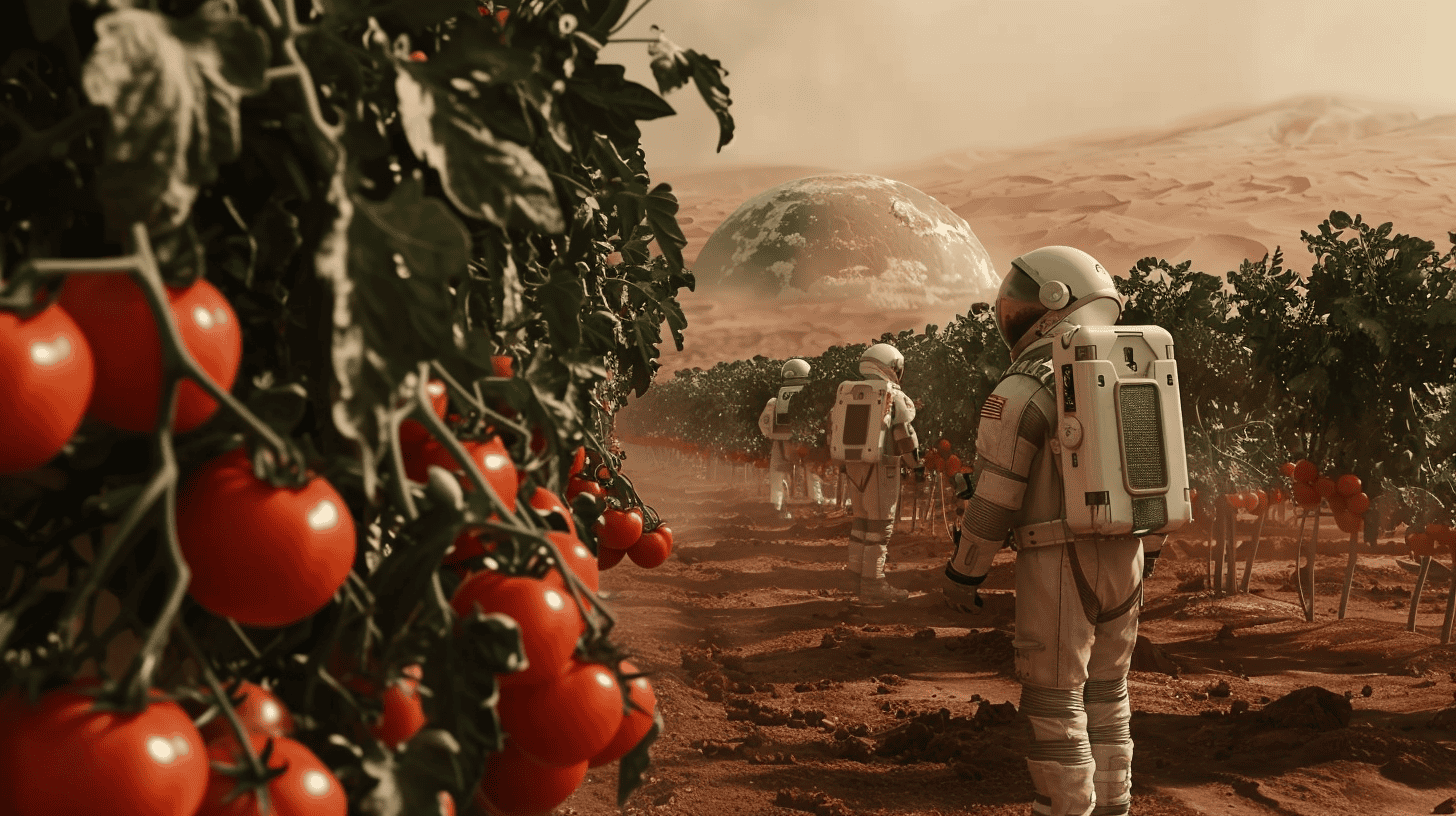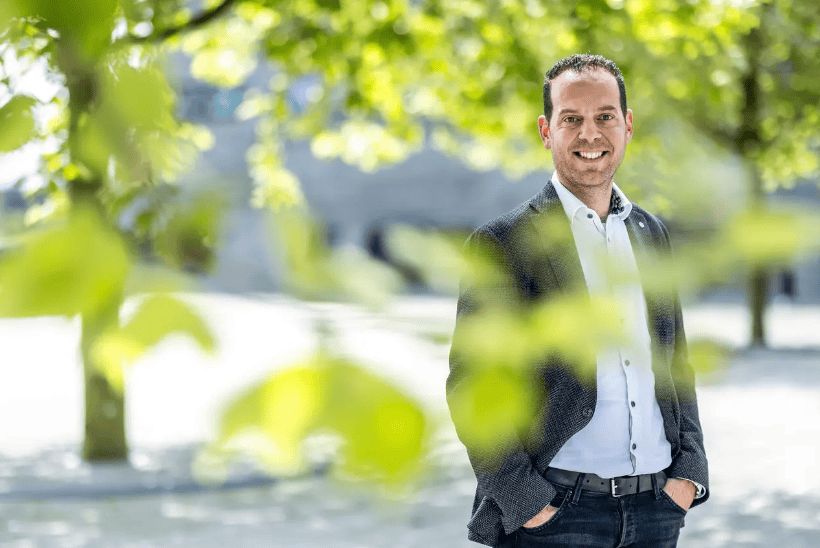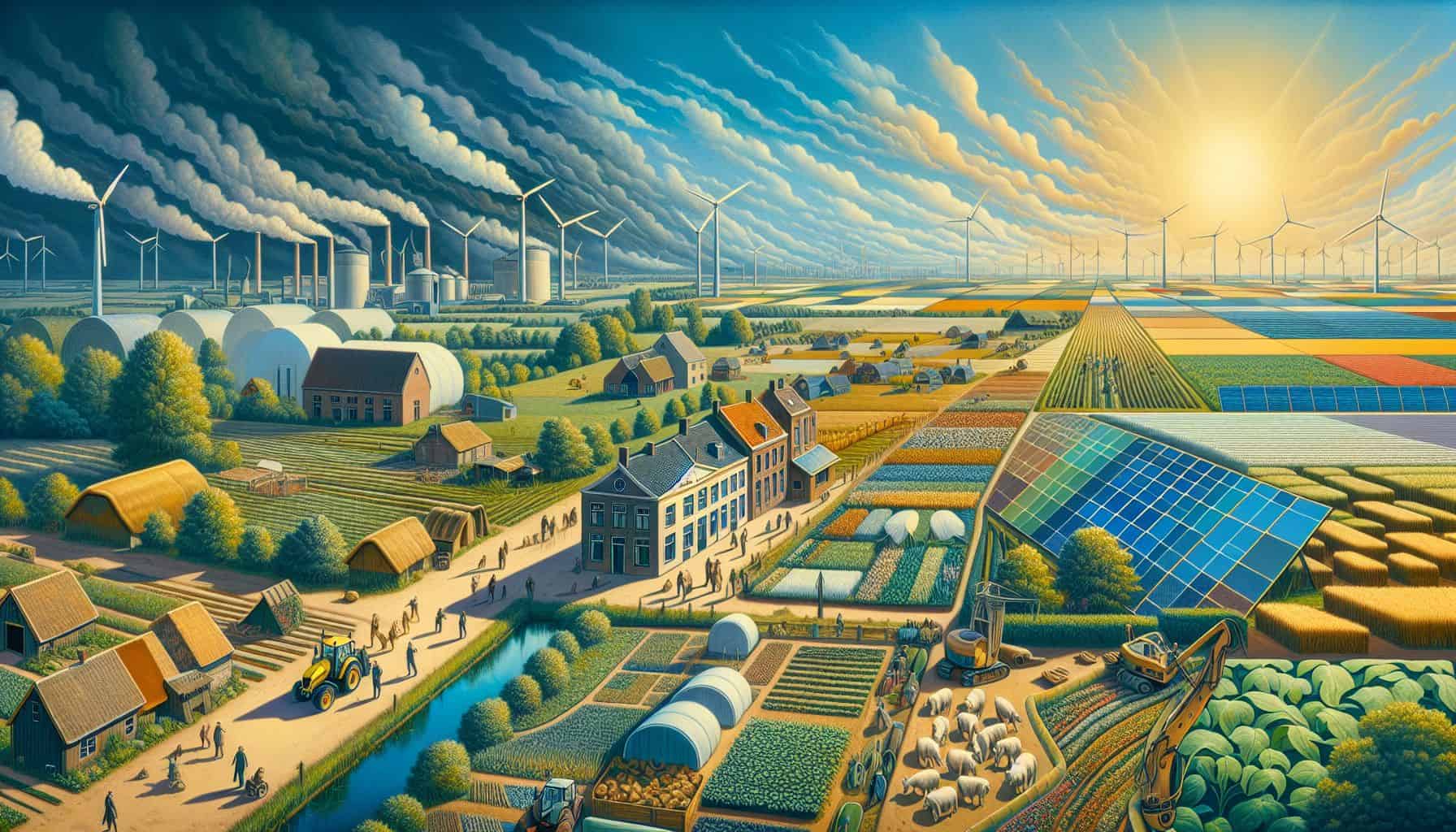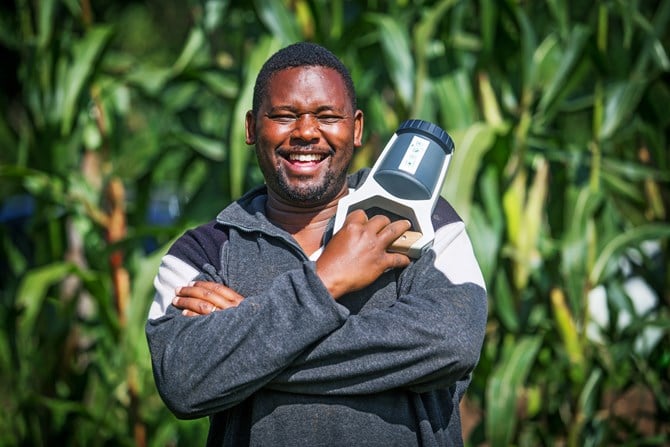
In order for agricultural land to thrive optimally, regular fertilization is necessary. But adding manure at random can also not be a good idea. Soil analysis is the solution. “Only 10% of the world’s farmers have access to laboratories. They are often too far away, they are too expensive, it takes too long and it is opaque. We started in 2013 because we want to change that. We really want to give all farmers the opportunity to analyze their land”, says Christy van Beek, head of agriculture at AgroCares.
AgroCares developed a small compact soil scanner. It works with an infrared signal. A sample is screened, the result is sent by mobile phone for analysis. The composition is compared with samples in the so-called calibration database. “The result is sent back. Then the farmer fills in how big his land is, what he grows and how big the harvest he expects is. This results in tailor-made advice: these fertilizers, this quantity and when to apply them”. AgroCares has now reached 30,000 farmers and has increased the yield everywhere. With an average of 25% more harvest.

“Focus!”
AgroCares went bankrupt in 2019 but made a restart not long after. The company was taken over by a customer who did a lot of field trials but was not yet digitally active. The most important lesson of the bankruptcy: focus. “We improved efficiency, fewer people, lower costs. We are going to focus on a number of focus countries: Kenya, Uganda, Rwanda, Ghana, the Netherlands, Poland, and Ukraine. We are going to do more in projects and we are looking more at additional earning models. The interesting thing is: we have customers who have done 30,000 analyses, that’s a huge database. You can make soil maps, do trend analyses, climate-smart agriculture: what is your potential to retain carbon in the soil? So now we’re thinking: what’s the second application that we can make a start with?”

The business model consists of a price for the hardware and a subscription. The scanner and accessories cost 3,000 euros. This is often purchased by an umbrella organization. “They go with the set to the farmers. Some charge a price for it, then it is a way to generate an income. We also see many parties using it as a marketing tool, who want to get close to the farmers in the value chain. Next to that, you have loyalty programs: if you buy the fertilizer from me, you get a free soil test. We also have customers like that. In addition to the price of the hardware, a subscription that allows unlimited testing costs 1,900 euros. AgroCares also talks to major parties such as the World Food Organisation. But the World Bank is not going to buy such a thing itself in order to go into the field. They initiate projects with governments. There is absolute potential there, but it is not easy. It’s a long, tough path.”
“Increasingly scalable”
AgroCares focuses specifically on farmers in developing areas. There, the yield can often still improve considerably. “You see a very large group of farmers who do spend a lot of money on fertilizers, without knowing what the soil needs. So you just buy something and it’s bad for both the farmer because it costs money, as it is for the crops and the soil. With our device, a farmer can analyze the soil on the spot. You get a report via the smartphone, there is also a mobile printer. With the printout, he can go to the agro-dealer.” The adoption of technology is still often a barrier. “We have those early adopters, they think it’s cool, they all want to have it, but then the next phase follows and there we stumbled. That’s what we’re picking up now.”
Trust plays an important role: does the scanner deliver what it promises? “People need to know you. I give a lot of demos and we also have demonstration fields and then we organize farmer days.” One-year plants respond better to changing soil composition than plants that root deeper. “The choice of where we’re active doesn’t necessarily depend on whether there’s a lot of money to be made there. The owner really wants to make a difference. We also look at other markets, but Africa has never been an issue. That’s an ideal choice in so many ways.”
Thanks to even more technology, such as deep learning, the costs continue to go down. “We can see that we need fewer and fewer samples per unit area. In a country like Kenya, we’ve taken 1,800 samples. Ghana will be the next country and I think we only need 400 samples there. So it’s getting more and more scalable.”
Here’s the original interview (in Dutch):


